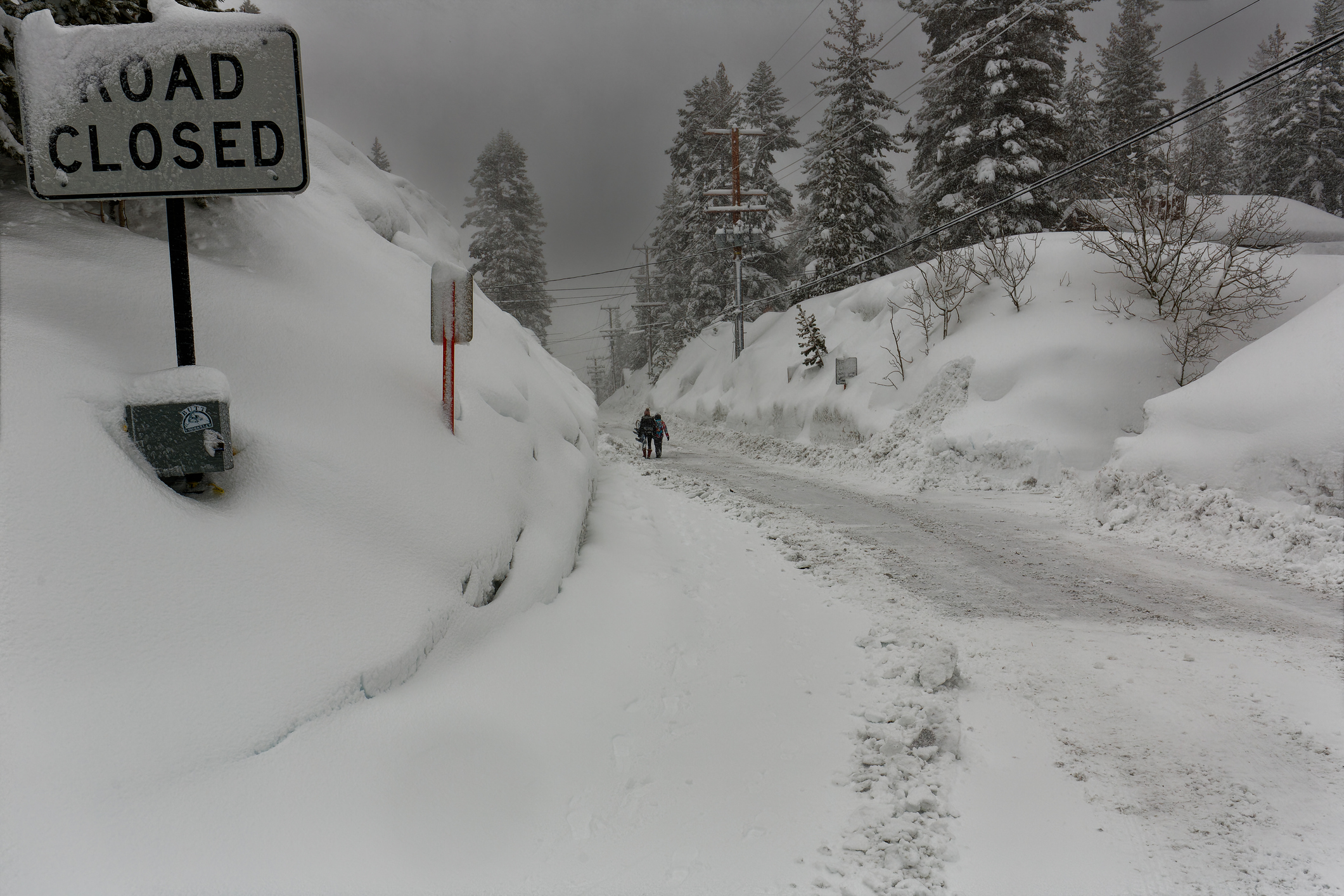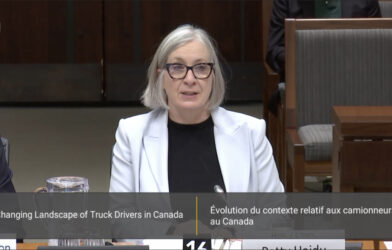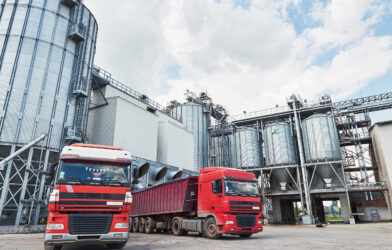Recently the news reported on a situation that has the potential to turn fatal, and is at the very least a major inconvenience – being stranded on a closed, desolate stretch of highway, with literally no where to go. Winter weather in Canada, and in some of the northern US states can change drastically in mere minutes. About 25 years ago a number of trucks were halted in a small BC town by an avalanche just west of the city. Before anyone could get turned around, another avalanche east of the city sealed their fate and it was 10 days before the highway opened.
The event that inspired this article occurred on one of the most remote and desolate stretches of the TransCanada Highway. The 220 km stretch between Sault Ste. Marie and Wawa on Highway 17, but it could just as easily have happened on Highway 11 between Longlac and Hearst, which is marginally worse. So let’s go over a few things we can do to help prevent being stuck in the middle of a closed road, and what can we do to prepare ourselves if we find ourselves in such a predicament.
First off, check the weather forecast at various locations along the way. If the weather looks bad along the way, just stay where you are. All you’d need is to head out and find an inexperienced driver got in over his head and is laying jack knifed across the road, of partially in the ditch, blocking the highway. Your driving skills may be sufficient for the weather and road conditions, but everyone has to experience their first drive with winter conditions, and some inevitably end up falling short.
If you do decide to head off into the snow storm, be sure you have as much fuel onboard as possible, both in your truck and your reefer or heater, if you have one. A bad snow storm, especially in the notorious snow belt areas could close the highway for upwards of 5 days, so make sure you have as much fuel as you can, just in case. For those new to Canada, first off, welcome! The worst snow belt areas to be caught in are Highway 17 from Sault Ste. Marie to Nipigon, particularly between Sault Ste. Marie and Wawa. This stretch gets closed quite often, so double and triple check before heading into the area during the winter months.
BC 5, known as the Coquihalla, or simply “The Coq” is one to stay away from until you’ve had a couple years of winter mountain driving under your belt. It’s a beautiful drive, but if you don’t know what you’re doing, it will eat you alive.
The stretch of highway 1 between Winnipeg and Brandon is the most often closed stretch of highway in Canada, but here the issue is wind. Even light snow being blown around by the wind can reduce visibility to 0.
In the US, there are also a couple of areas to be wary of. I-80 has 2 of the worst stretches. Between Cheyenne and Laramie WY, and Donner’s Pass in California. Which of the 2 is the worst is a toss up. Donner’s is a high mountain pass, 7,239 ft above sea level, with a constant gradient of 3-6%, meaning for every 100 feet you travel along the road, you climb or descend 3-6 ft. To put that into perspective, your front bumper is 3 to 6 ft higher or lower that your rear bumper. Navigating Donner’s Pass is tricky enough in the summer and winter weather only makes it worse.
Cheyenne to Laramie is another high mountain road, but bare of any trees, so you can add in the normally high winds to make matters worse.
So your best bet is to check the weather reports and forecasts for the areas you’ll be heading into, and if it looks like it could get messy, just stay put in the truck stop where you’re safe and have most of the conveniences of home, like a shower, washroom and food.
If you DO decide to head out, again…. Full fuel tanks! Make sure you have good winter clothing and plenty of food and water. It would also be a good idea to let someone know when you’re leaving, and when you expect to be at your next stop. That way, if something happens and you don’t check in, someone has the chance to check with the police, or check the weather and road conditions to see if you may be stranded. Do NOT rely on a fully charged cell phone to call for help. The more desolate areas probably won’t have any cell service .
As always, be safe, and make the smart choice. Your company may decide where the truck goes, but you alone decide when it goes.














Comments are closed